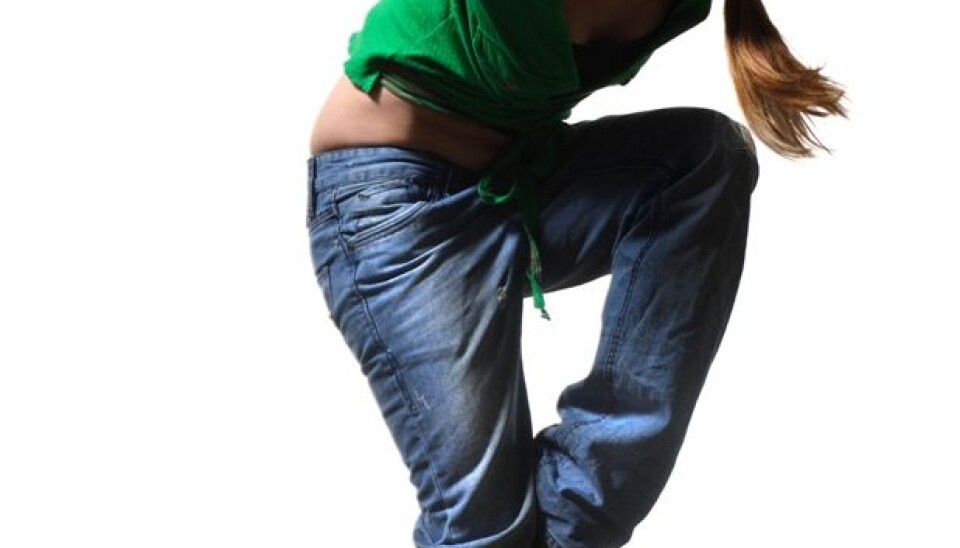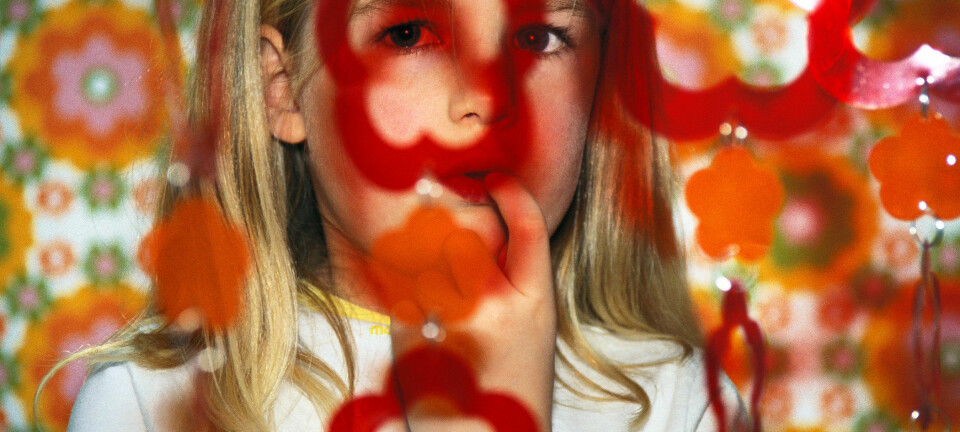
Teen girls dance away the blues
Depressed and worried teenage girls felt better after a few months of dance classes, without any help from psychologists.
You are home alone. Your favourite song is playing full blast on the stereo and you let all your inhibitions – and body parts – loose in a wild and freaked-out dance.
It can feel real great to let yourself totally go.
Swedish researchers have found now that dancing for the sake of it, without any pressure to perform or hone their skills, can help adolescent girls who have depressive or psychosomatic tendencies.
The girls in the dance classes felt better while they were dancing and for months afterwards.
Nine out of ten felt that dance classes were a positive experience.
Jazz and African dancing just for fun
Many studies of children and adolescents are observational, where after a lengthy observation period, researchers try to figure out why some members of the group are different than others.
It’s often hard to discern between cause and effect in these kinds of studies. For that reason, experimental studies can be better, in which researchers divide a selection of individuals into two groups and give one a treatment, or intervention, but not the other.
This is what researchers in Örebro, Sweden, did in the dance study.
They recruited 112 girls aged 13 to 18, all of whom had visited school nurses because of depression, worries, fatigue or unspecific neck and shoulder pains.
The girls were split into two groups. Fifty-nine of them started attending dance classes twice a week, and the remaining 53 didn’t.
The dance classes focused on what the Swedish researchers call the joy of movement, rather than performance. It wasn’t about mastering special steps or routines.
The girls got to try African dancing, jazz and modern dancing.
After eight months the dancing, the teenagers self-rated their health and happiness as better than girls in the non-intervention group. But they also rated their health and happiness as better than when they started dancing.
The improvements had a tendency to last during the follow-up period, which continued 14 months after the dance classes ended.
Happy feet
Upwards of two-thirds of the girls stated they had participated in more than half of the dance classes. Thirteen percent had attended nearly 90 percent of the classes during the entire eight-month period.
More than a year after the last dance classes, nine out of ten felt the experience had been positive.
The researchers emphasise that self-rated health is not an objective measurement, so that the girls might or might not actually be in better health than before.
For example, the simple awareness that they were participating in an experiment to see if dancing made them feel better could have actually made them feel better – a self-fulfilling prophecy.
Regardless of this possibility, the researchers think subjective positive feelings are one of the positive results of the study.
“It’s important to avoid underestimating the value of feeling better, for these girls had rather serious problems to start with,” first author Anna Duberg and her colleagues wrote in the study.
The researchers described the dancing as both fun and demanding. But the classes allowed the girls to contribute in choosing the music and the choreography. It gave them the opportunity to be socially active with their peers, with girls sharing their interests.
It remains to be seen whether these kinds of classes would have the same effect on teenage boys. The researchers haven’t given that one a whirl yet.
--------------------------------
Read a Norwegian version of this article at forskning.no
Translated by: Glenn Ostling








